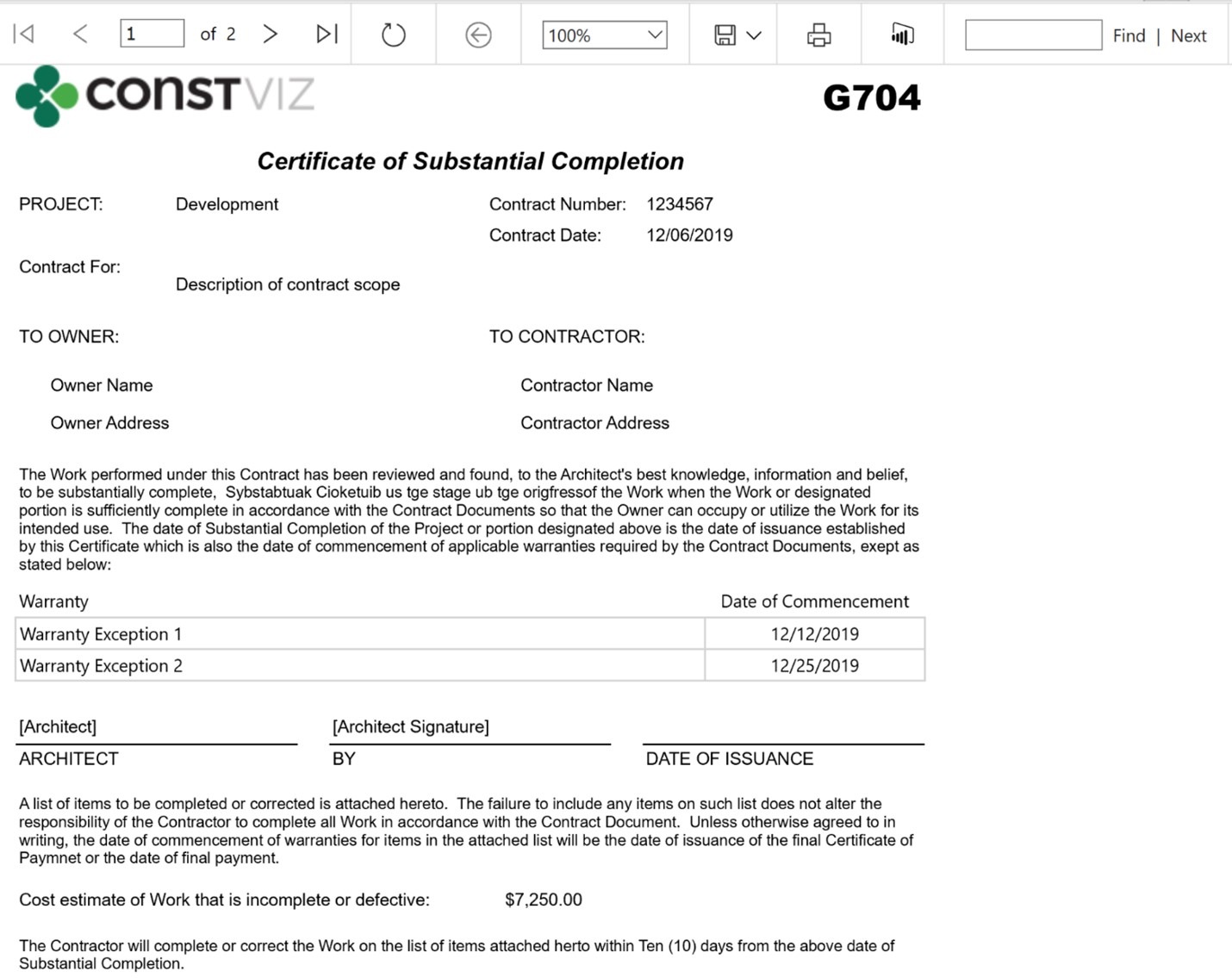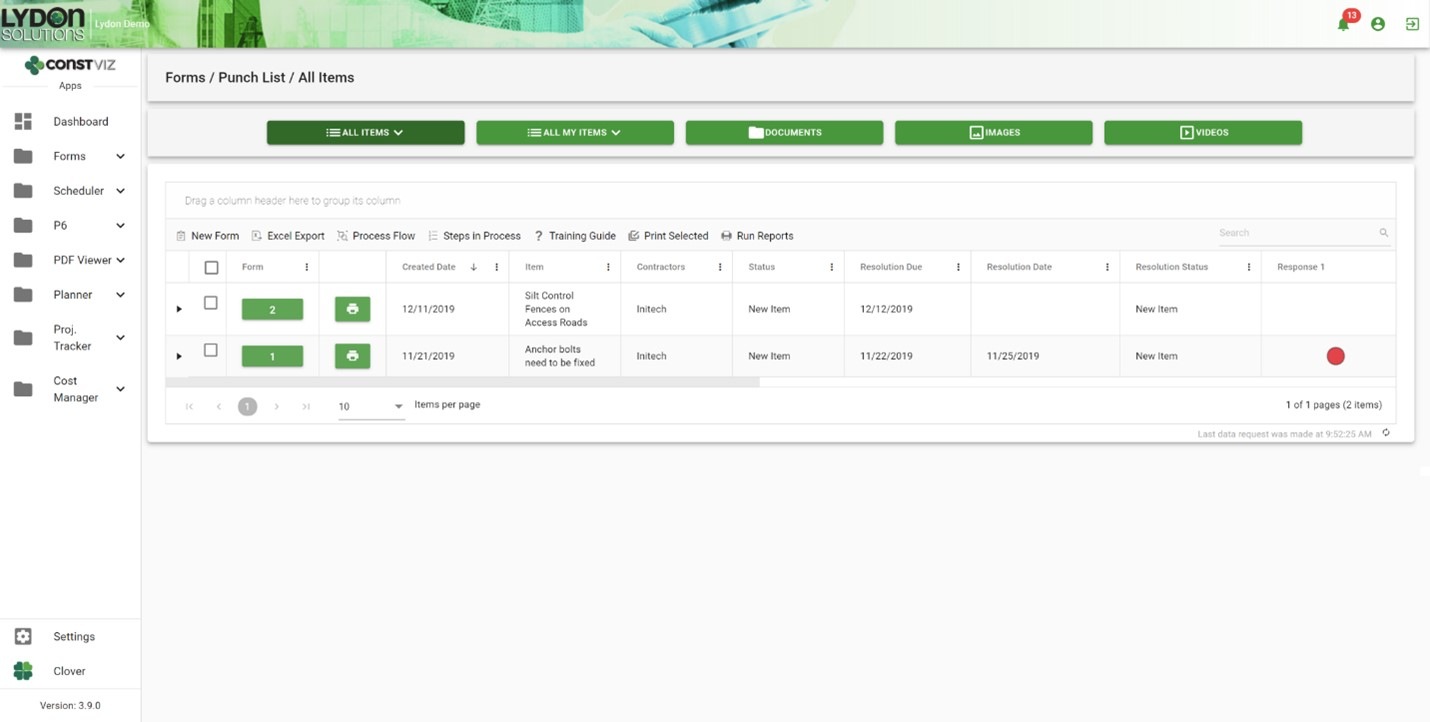The Construction Viz Scheduler app is a simple yet powerful construction project scheduling tool. Scheduler lets you easily handle scheduling, including managing and assigning resources, right in Microsoft 365 and SharePoint. Read on to learn how Scheduler can simplify your schedule update workflow.
The typical scheduling software can be cumbersome to use, especially if all you want to do as a project manager is get activity updates from team members. A big reason for this is that most scheduling software imposes rigid workflow processes.
For example, with many software tools, the schedule update process typically goes something like this:
- The project manager reaches out to the scheduler to get the activity IDs.
- The scheduler creates and runs a PDF report of the requested activities.
- The scheduler emails the PDF report to the project manager.
- The project manager sends the PDF report to their team members, asking for schedule updates.
- Team members make their updates by marking up the PDF report and emailing it back to the project manager.
- The project manager reviews and compiles the collective updates from the team before sending them back to the scheduler
- Finally, the scheduler actualizes the schedule with the latest input provided by the team.
Unfortunately, by the time the schedule is actualized, it’s already out-of-date.
How Construction Viz Scheduler improves scheduling updates
We wanted to ensure that each activity could be easily accessed and quickly shared, removing the frustration and barriers that delay schedule updates. We built our Construction Viz Scheduler app so that every activity has a unique URL that can be copied and shared through email or instant messenger with team members. To further simplify this process, we added a button within the activity details to copy the activity link, making it easy for users to share the URL.


The above is already a significant time-saver, but it gets even better. The Construction Viz Scheduler app lets teams access and share activity information in even more ways:
Scheduler Progress App Component. This configurable component can be added to any app providing the ability to make updates to the Scheduler directly. For example, in a Daily Report app, a construction coordinator could update activity progress percent complete from within the form without opening up the Scheduler.

Forms. Forms, such as a Change Request, can incorporate activity URLs linked directly to a scheduled activity.
Workflow. Power Automate workflows can include unique activity URLs for team member assignments and updates.
Reporting. Reports and dashboards can include hyperlinks to each activity ID to view additional information within the scheduler.

Concerned about access? Any activity in the Scheduler app can also be permission- and version-controlled, allowing you to manage access and updates securely.
We KNOW your project and processes are unique. And we firmly believe that no project management software should force you to re-invent the way you work. Instead, the software should fit into how you do the work. That’s why we built Construction Viz to be the most flexible project management tool available.
Find out more about Construction Viz and how it can help you save time and money on your next project with a no-obligation demo and consultation.














